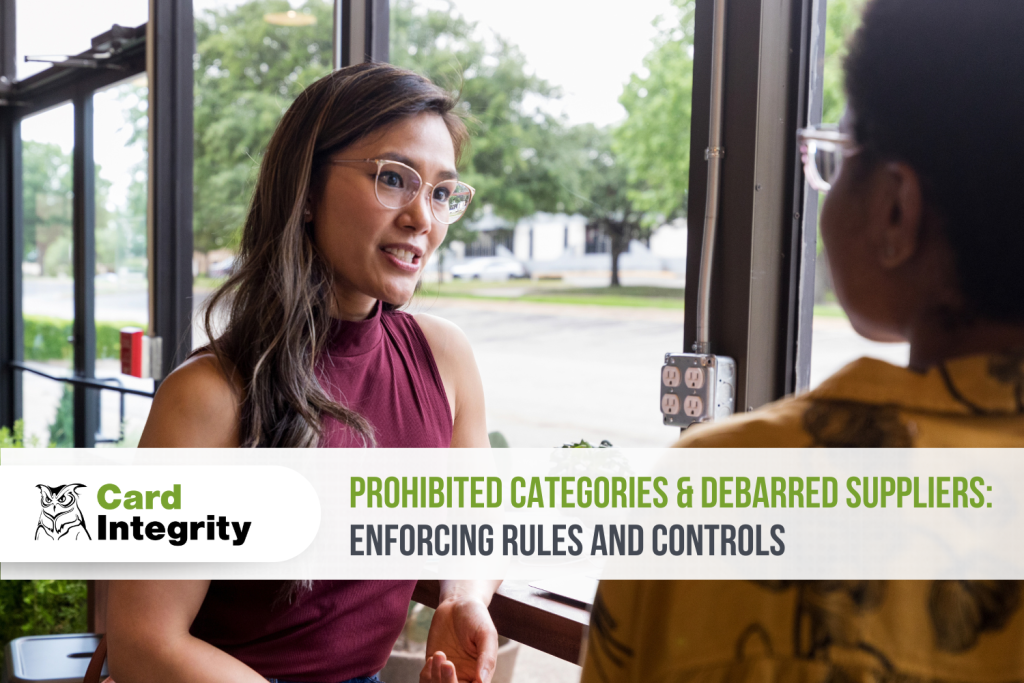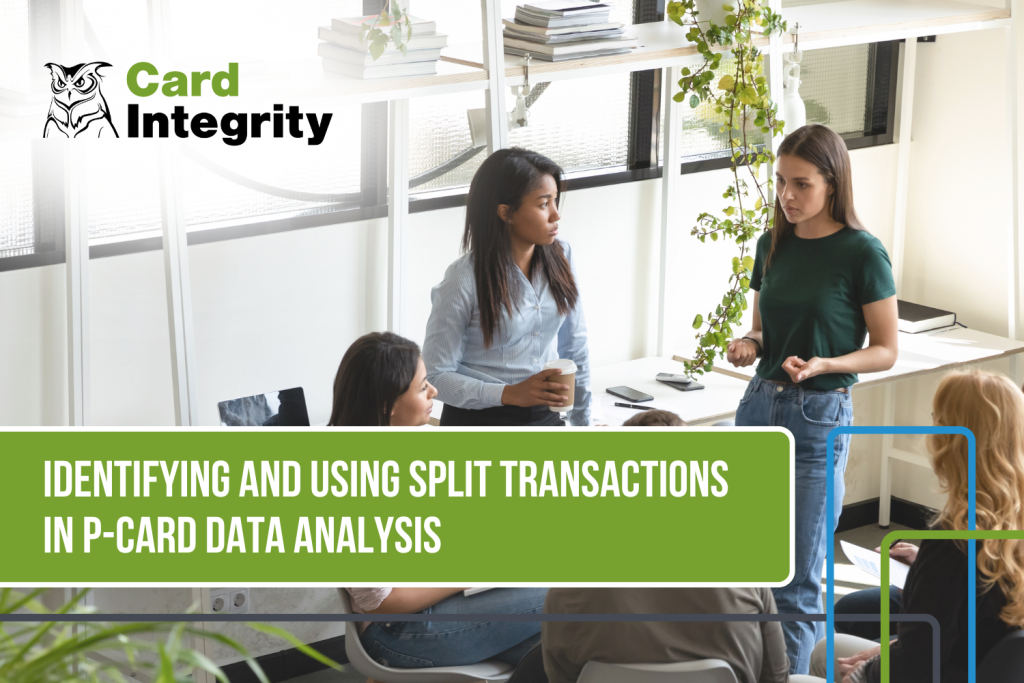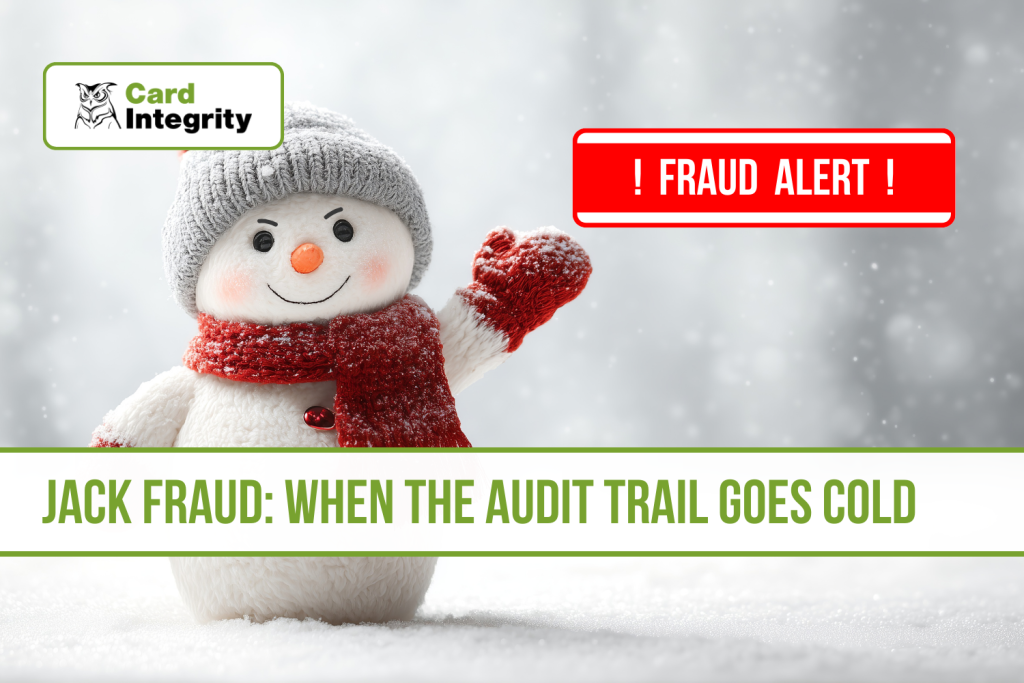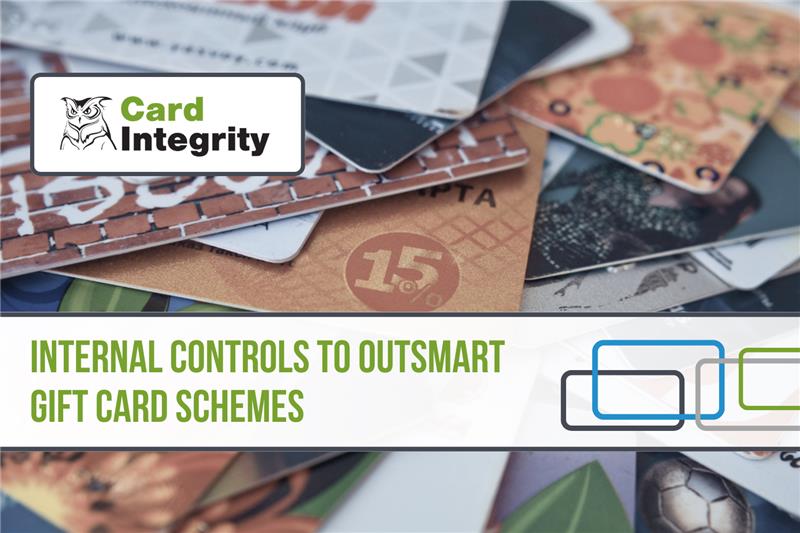Double dipping and duplicate payments are the focal point of the second article in Card Integrity’s “Back to Basics” series. This is an opportunity for both beginners and long-time card program administrators to learn and/or get reacquainted with the elemental knowledge that lays the foundation for a successful system.
Fraud comes in many different forms. And even among the different types of fraud, there are subtypes that procurement, accounts payable, and finance professionals must be aware of. Sometimes it can be helpful to refresh ourselves on some of the methods that bad actors may use to skirt around weak internal controls. Whether that be cleverly moving money around in a way that it ends up in their personal account, or paying for their own personal goods, fraud is unfortunately common and sees an uptick during the holiday season.
Enter duplicate payments. Duplicate payments are a well-understood, and at base level, quite simple phenomenon: something got paid for twice. But did you know that according to the American Productivity and Quality Center, duplicate payments make up an average of 1.5% of an organization’s annual spend? That’s a lot of wasted money. Now of course, duplicate payments can be the result of a clerical error or careless mistake on behalf of an employee or a vendor. These cases don’t constitute fraud, though they do constitute wasteful spending. But there is a specific type of duplicate payment that, due to the nature of it, often involves intent. This type of duplicate is what those in the industry call “double dipping”.
What is double dipping?
Double dipping probably conjures up images of poor manners around the Super Bowl party guacamole bowl. That’s not the type of double dipping we’re talking about, though financial double dipping is also a big-time faux pas. Double dipping occurs when an employee expenses the same thing twice… so that they are reimbursed twice. For example, let’s say that an employee at the facilities department of a university uses her P-Card to pay for fertilizer for the football field’s turfgrass upkeep. The charge to the card is $200. Totally normal, totally within policy, and totally acceptable. But, let’s say that she also submits a reimbursement request to the purchasing department for the same amount as though she paid with it with a personal credit card. It’s approved because the approver doesn’t have visibility and insight to what she puts on her P-Card, and she pockets the extra $200.
The example above is a small, petty theft. But someone who engages in this type of behavior may start out small to test the waters, then do it several times, or with large ticket items. Believe it or not, this type of thing happens all the time, and people get away with it all the time. It happens when organizations have poor internal controls and don’t have visibility of their own data across different departments within accounting and purchasing, and different payment avenues, to weed out these duplicates.
Double dipping is also common on travel cards or for T&E expenses. (Really, it can happen on any corporate-issued card, be it a P-Card, One Card, etc.) Another example: imagine a marketing manager traveling to New York for a trade show to work his company’s booth. He makes plans to have dinner with his marketing team and a few potential clients after the show ends: totally normal, acceptable, and within the company’s policy. He pays for the meal on his travel card, but expenses it as if he paid cash a few days later. Because his approver has so many meal-related expenses to approve, with several employees even going to the same restaurant, the duplicate slips through the cracks. The marketing manager catches his flight back home with his belly full and his scheme in place to fill his wallet a little more, too.
Keep cardholders out of double trouble
Card Integrity provides expense monitoring services that catch this type of fraud in its tracks. Not only with double dipping, but with other types of duplicates as well: for example, duplicates across invoices and corporate cards. After all, it isn’t just employees that cause duplicates to happen, vendors do it too, whether intentionally or not.
Card Integrity is hosting a live webinar on October 30, 2024 to discuss corporate credit card fraud. We’ll have stories and examples of fraud we’ve seen in over 16 years of providing expense monitoring services. While double dipping will be far from the only type of fraud discussed, it will certainly be on the docket. You can sign up for free below. Hope to see you there!
Read more in the ‘Back to Basics’ series
You can find other articles in Card Integrity’s Back to Basics article series, with more to be added soon.
Setting Goals for a More Successful Card Program
In the fourth article in Card Integrity’s “Back to Basics” series, we focus on one…
Prohibited Categories and Debarred Suppliers: Enforcing Rules and Controls
As we make our way to the third article in Card Integrity’s “Back to Basics” series,…
Double Dipping and Duplicates: Back to Basics
Double dipping and duplicate payments are the focal point of the second article in Card…







